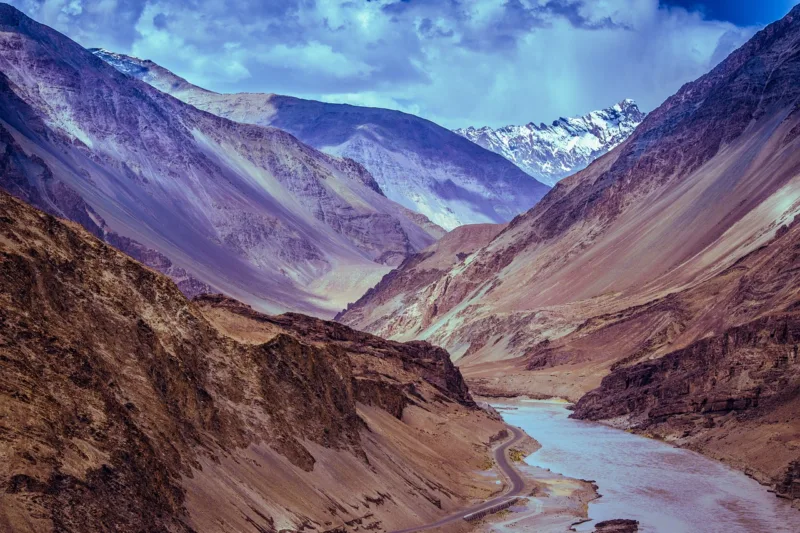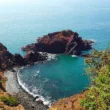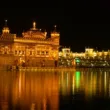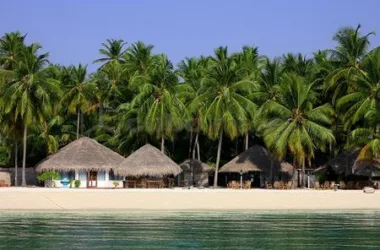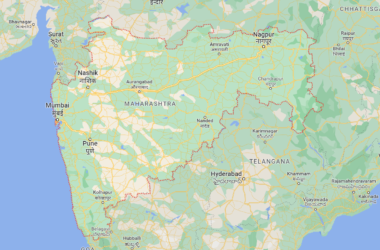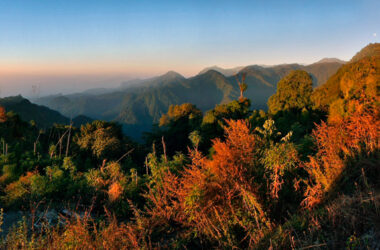Leh, the capital of Ladakh, is renowned for its captivating landscape and distinctive weather patterns. Nestled high in the Himalayas, this region experiences a cold desert climate. Consequently, the weather in Leh is quite unique, with stark contrasts between day and night temperatures.
Winter in Leh: A Freezing Wonderland
From November to February, Leh undergoes a severe winter, with temperatures often plummeting below freezing. Snowfall is a common sight, transforming the landscape into a frosty wonderland. Despite the cold, winter is a magical time to visit Leh, especially for those who enjoy snow sports and serene, snowy vistas.

Spring and Autumn: Pleasant and Picturesque
March, April, and May mark the arrival of spring in Leh, bringing a gradual thaw and blooming flora. Temperatures become milder, offering a pleasant climate for travel. Similarly, autumn (September to October) is another delightful period to explore Leh, as the weather is mild and the region is bathed in shades of orange and brown.

Summer: The Ideal Time to Visit
Summer, extending from June to August, is arguably the best time to visit Leh. The weather is warm during the day, with clear skies and plenty of sunshine. Night temperatures remain cooler, providing a comfortable respite from the day’s heat. This season is perfect for trekking and other outdoor activities.

Monsoon: Limited Yet Significant
Leh receives minimal rainfall, thanks to its location in the rain shadow of the Himalayas. However, occasional monsoons can occur between late July and early September. During this time, the region can experience sudden, heavy downpours, which may cause disruptions in travel plans.

Adaptation: Life in Harsh Climates
The people of Leh have adapted remarkably to the extreme weather conditions. Traditional Ladakhi architecture is designed to withstand severe winters, with homes often equipped with solar panels and greenhouses to harness the power of the sun.
Final Thoughts: Embracing the Elements
The weather in Leh is as captivating as its landscape, with each season offering a unique experience. Whether you’re marveling at the winter snowscape, trekking in the summer sun, or simply soaking in the serene atmosphere of spring and autumn, Leh has something to offer every traveler. So, embrace the elements and immerse yourself in the beauty of Leh’s ever-changing weather.

Similar Articles
FAQs About the Weather in Leh
1. What is the climate like in Leh?
Leh experiences a cold desert climate. This means the region has long, harsh winters with temperatures often falling below freezing, and short, mild summers with warm daytime temperatures.
2. What is the best time to visit Leh?
The best time to visit Leh is during the summer months, from June to August, when the weather is warm, and the skies are clear. This is the ideal time for trekking and other outdoor activities.
3. How cold does it get in the winter in Leh?
Winter temperatures in Leh can plummet to as low as -20°C (-4°F) or even lower. Snowfall is common during this period, making the landscape picturesque but also quite cold.
4. Does Leh experience rainfall?
Leh receives very little rainfall due to its location in the rain shadow of the Himalayas. However, occasional monsoons can occur between late July and early September.
5. Can I visit Leh during the winter?
Yes, Leh can be visited during the winter, and it offers a unique experience with its snow-covered landscape. However, it’s essential to be prepared for the cold temperatures and possible disruptions in travel due to snowfall.
6. Is it safe to visit Leh during the monsoon season?
While Leh receives minimal rainfall, it’s essential to be aware of the potential for sudden, heavy downpours during the monsoon season. This can cause road closures and travel disruptions, so it’s advisable to monitor the weather closely if you plan to visit during this time.
7. What should I pack for a trip to Leh?
The weather in Leh can vary significantly between day and night, so it’s essential to pack layers. Warm clothing is necessary, especially if you’re visiting during the winter. Sunscreen, sunglasses, and a hat are also recommended to protect against the strong sunlight at high altitudes.
8. Are there any health considerations for visiting Leh?
Yes, Leh is situated at a high altitude, so it’s essential to be aware of the risk of altitude sickness. It’s advisable to acclimatize gradually to the altitude, stay hydrated, and consult a doctor if you have any health concerns before your trip.




